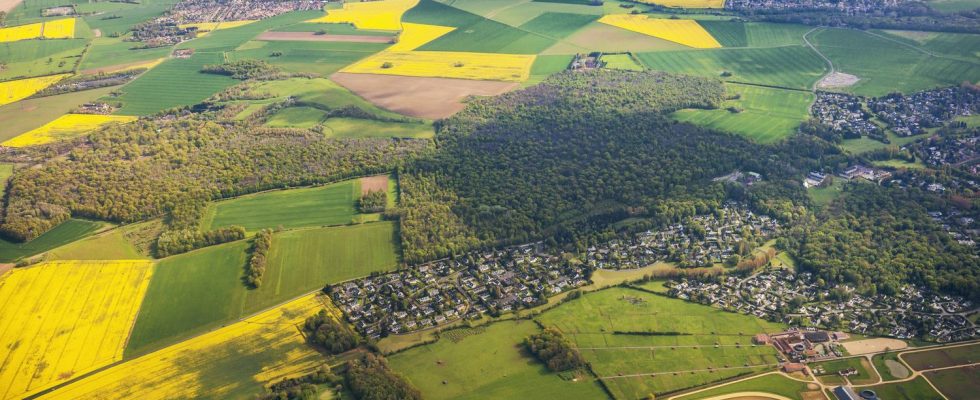In France, if the anger of farmers brings together professionals, farms have varied situations. Size, development, remuneration… What is the profile of French farms in recent years?
Published
Update
Reading time: 2 min

While the angry movement of farmers continues and spreads throughout France, the profiles of the demonstrators are very diverse. Professionals do not all have the same income and their farms are not all the same size.
The majority of farms in France – around a third – are small farms, of less than 20 hectares. At their head, we often find an operator – whose average age is around 51 – and who is, most of the time, alone. Almost eight out of ten farms are managed by just one person. Conversely, there are also very large farms: those of more than 200 hectares. They remain few in number in France but they are the only ones whose number has increased in recent years, particularly driven by the cultivation of cereals (wheat, corn, barley) which requires very large fields.
The number of farms divided by four since the 1970s
There are fewer and fewer farms in France, this is a clear trend in recent years. In its last census, in 2020, the Ministry of Agriculture counted around 400,000. This is 100,000 fewer than 10 years ago. And the trend is not new, the number of farms has been divided by four since the 1970s.
The cause, in particular, is a strong wave of retirements around thirty years ago, but also the regrouping of farms. Although the number of farms has decreased, the agricultural area in France has remained stable and still represents approximately half of the territory. This means that the farms, fewer and fewer in number, are increasingly larger, often taken over by the neighbor.
The breeders most in difficulty
It is the breeders who have experienced the most difficulties in recent years. According to the last agricultural census, two thirds of the farms which disappeared were specialized in livestock breeding, particularly cattle. This can be explained, in part, because it is one of the least remunerative agricultural specialties and where the working conditions are particularly demanding.
Conversely, large-scale cereal crops but also fruit and vegetable cultivation and market gardening – which can be done on smaller areas – are gaining ground, driven in particular by organic products and short-circuit sales.
